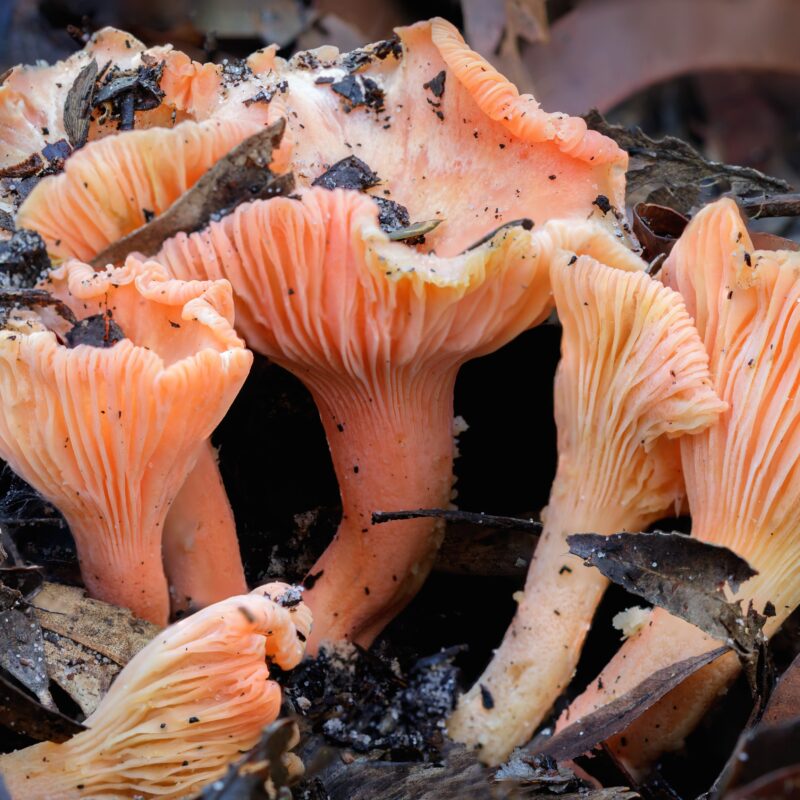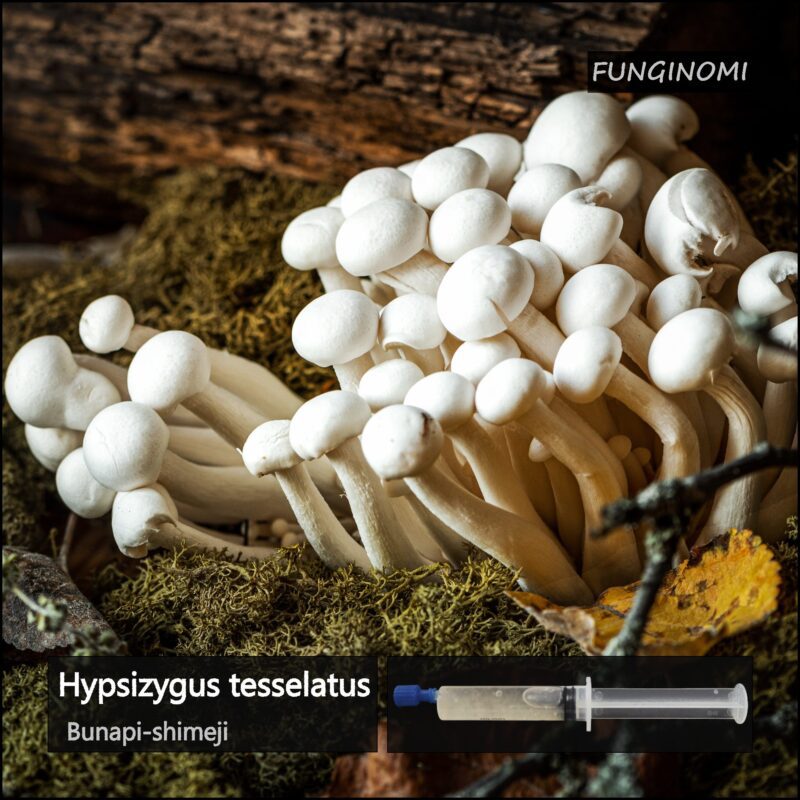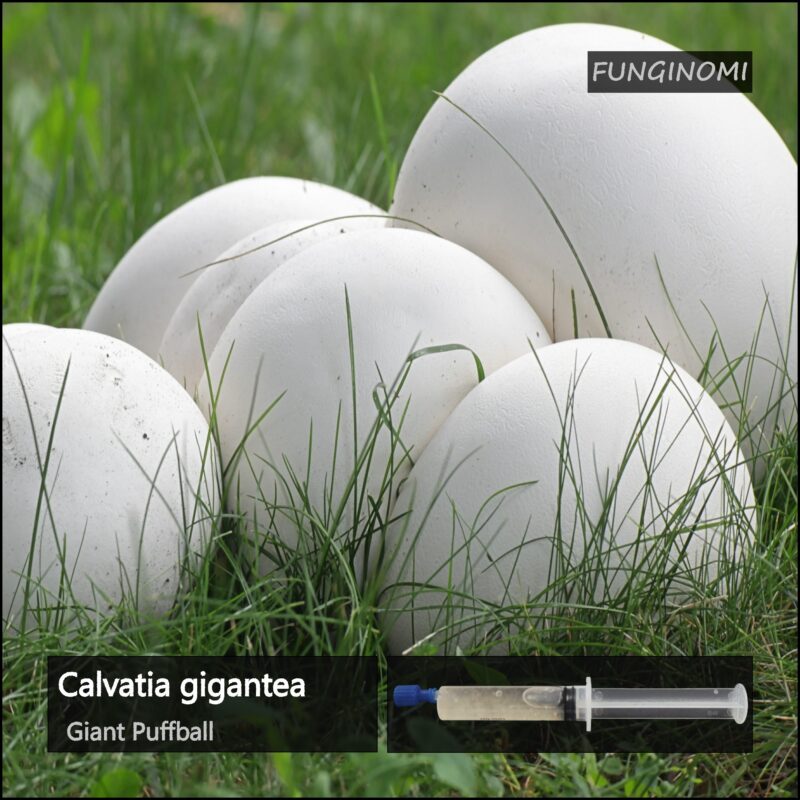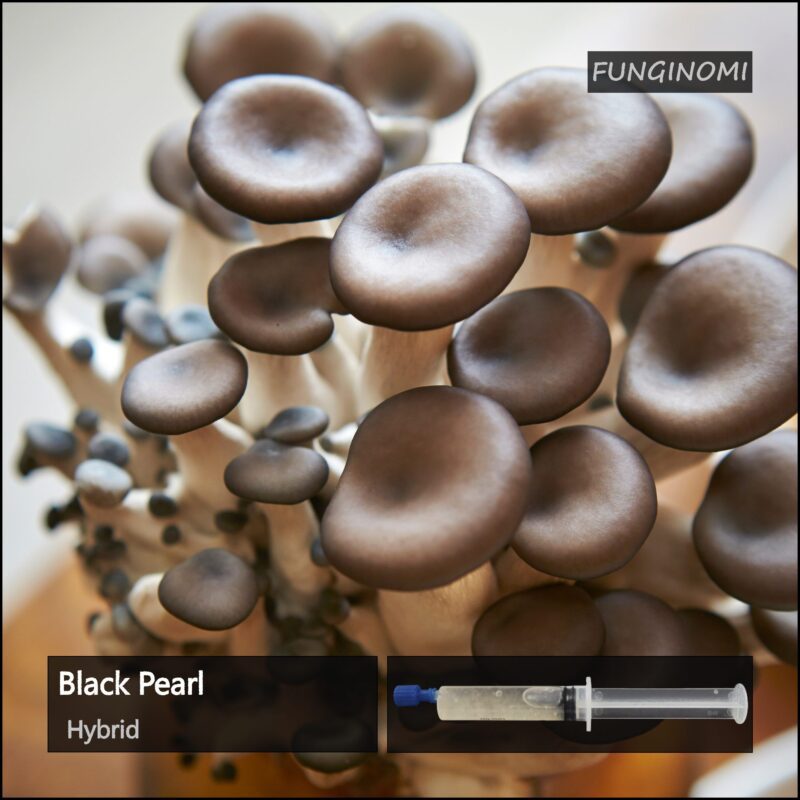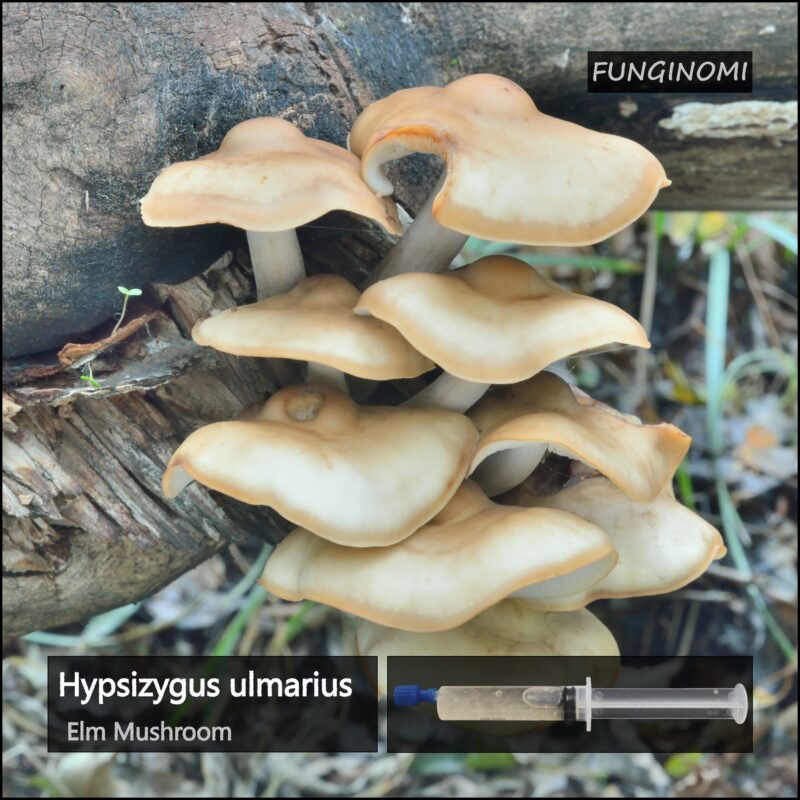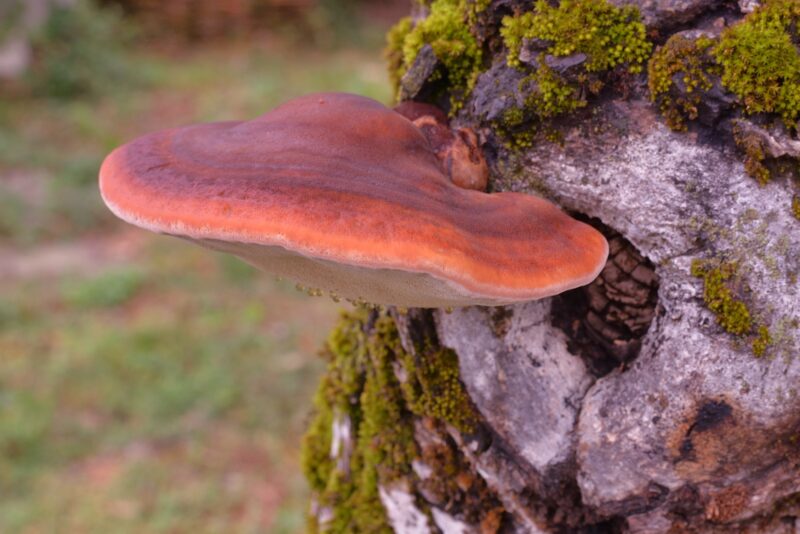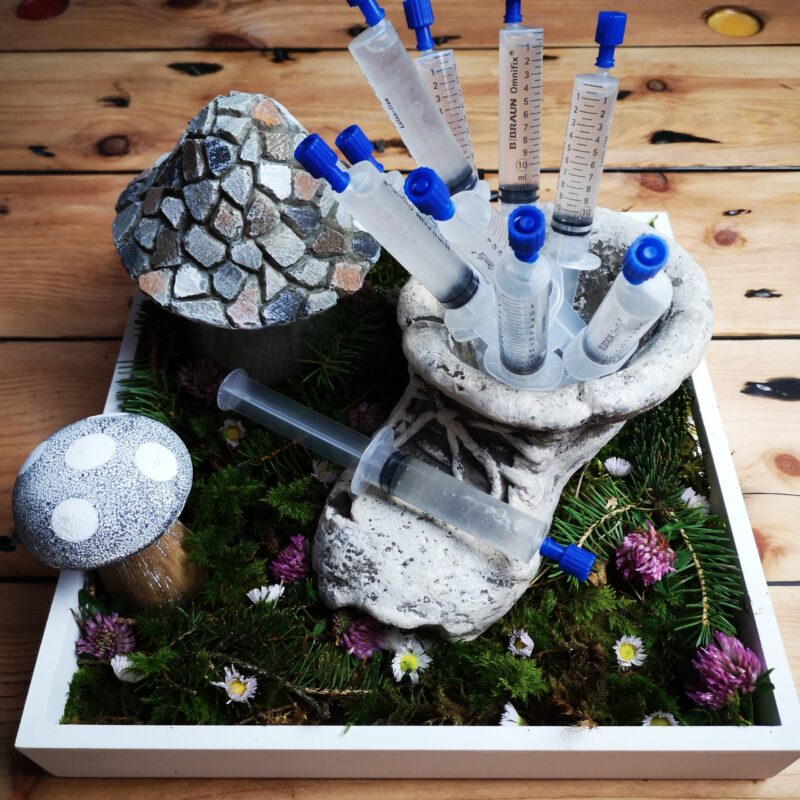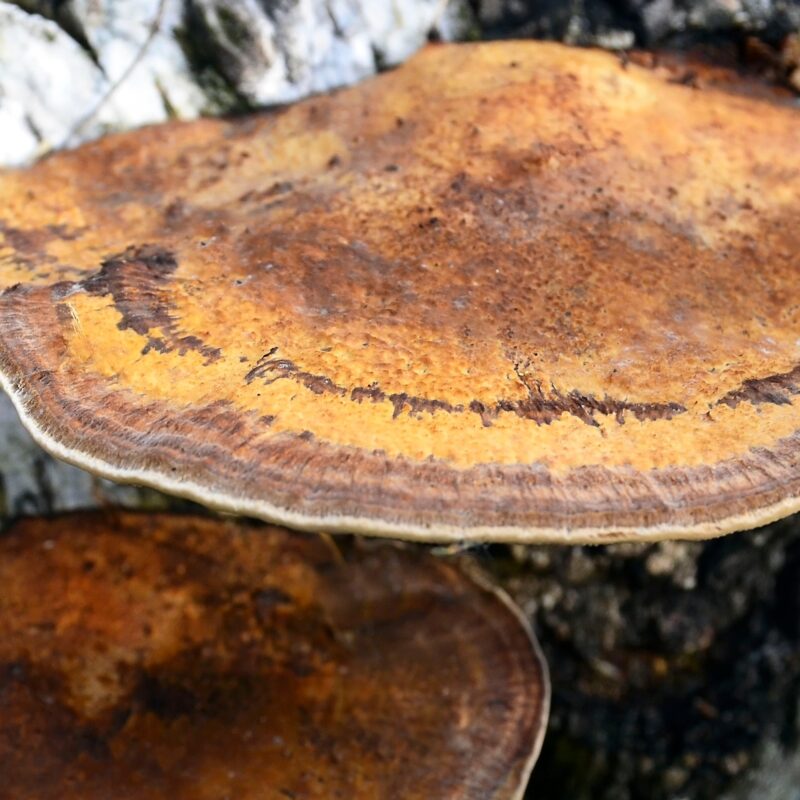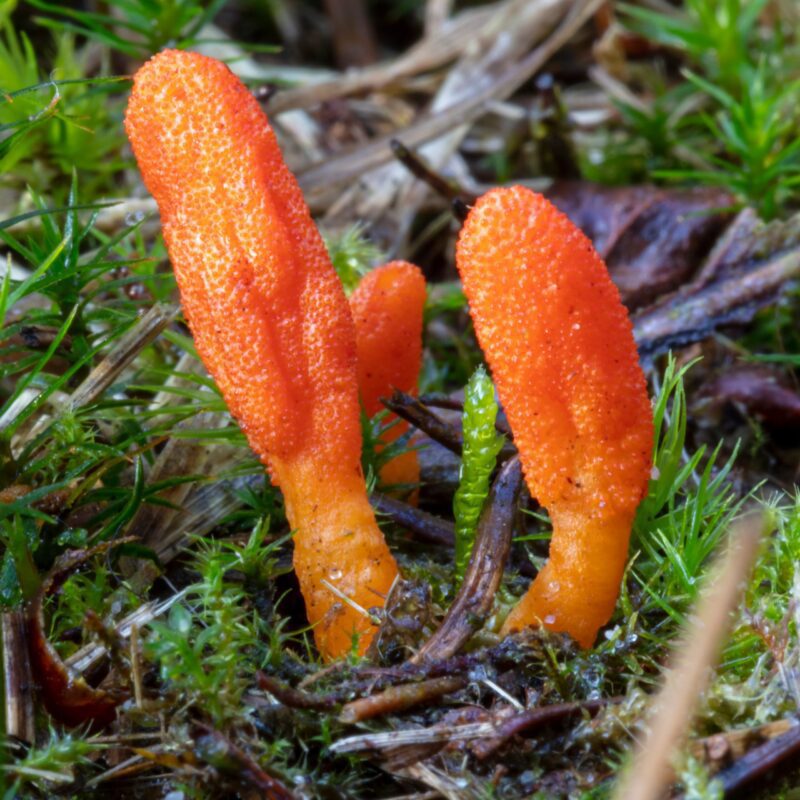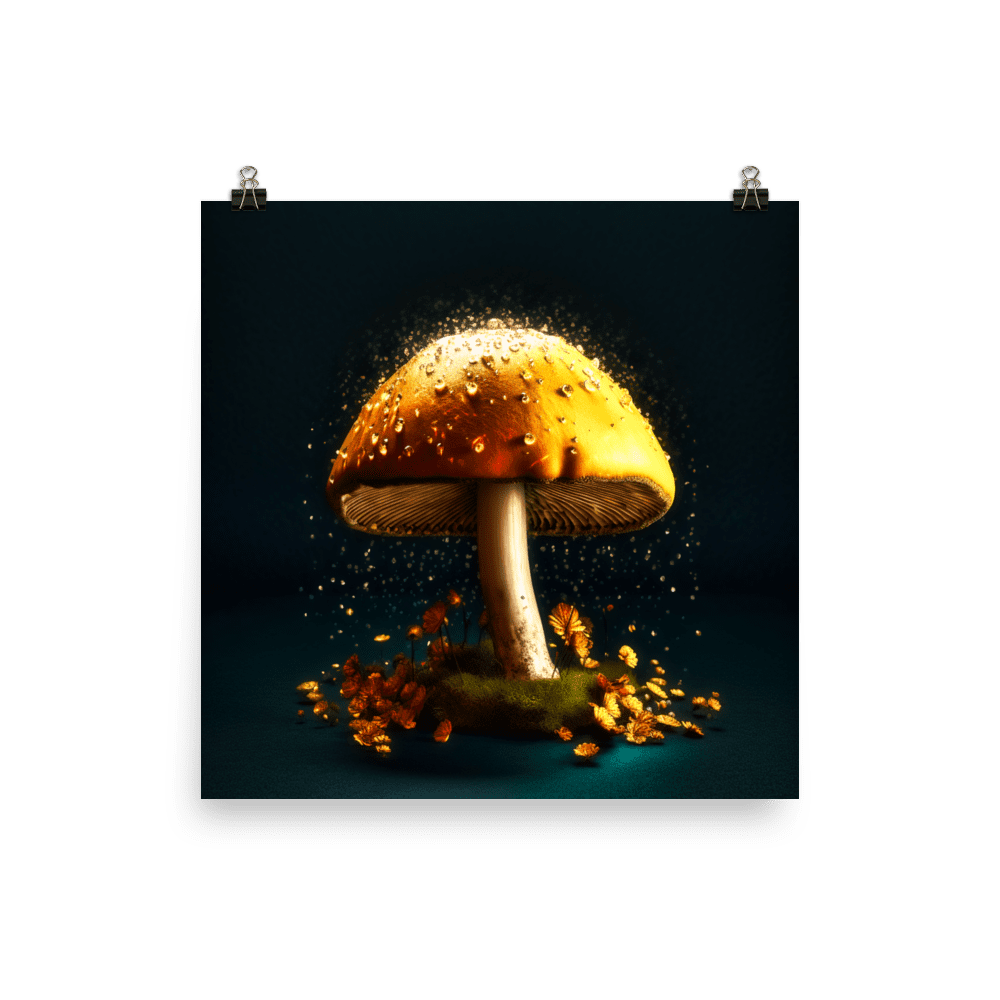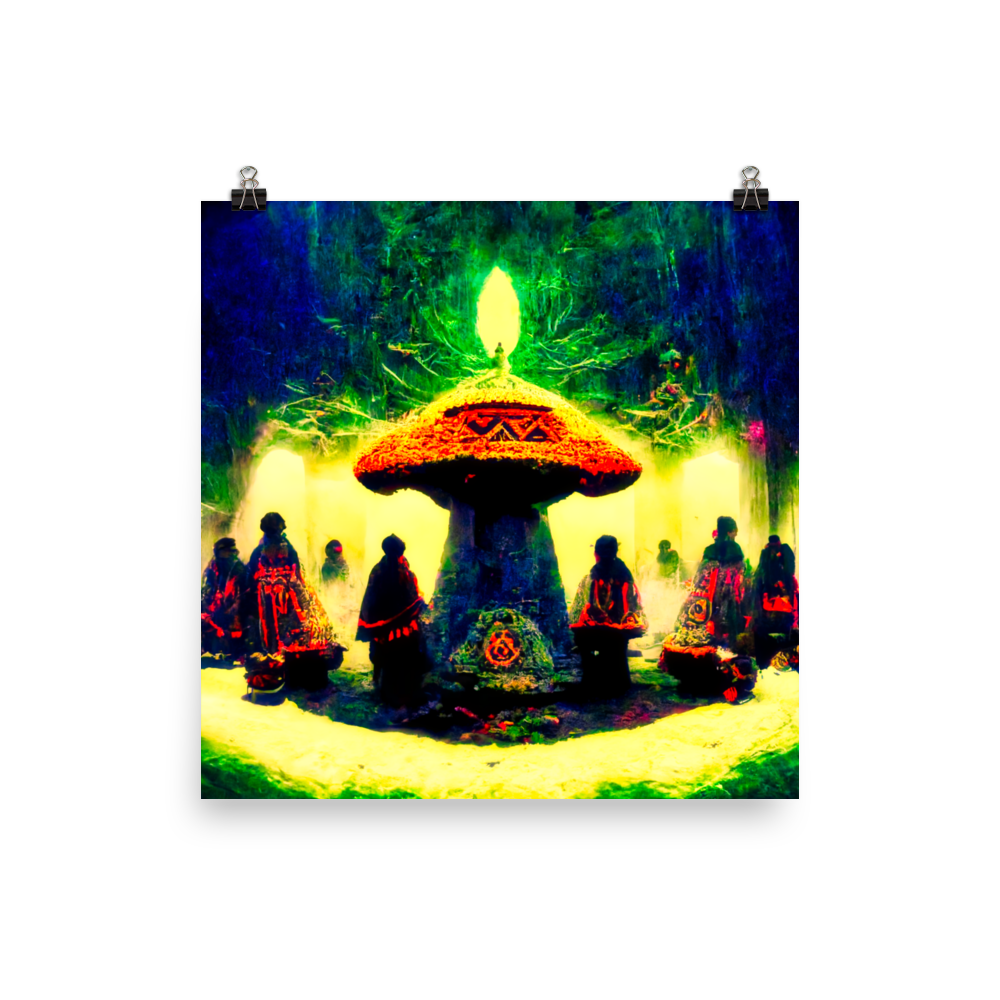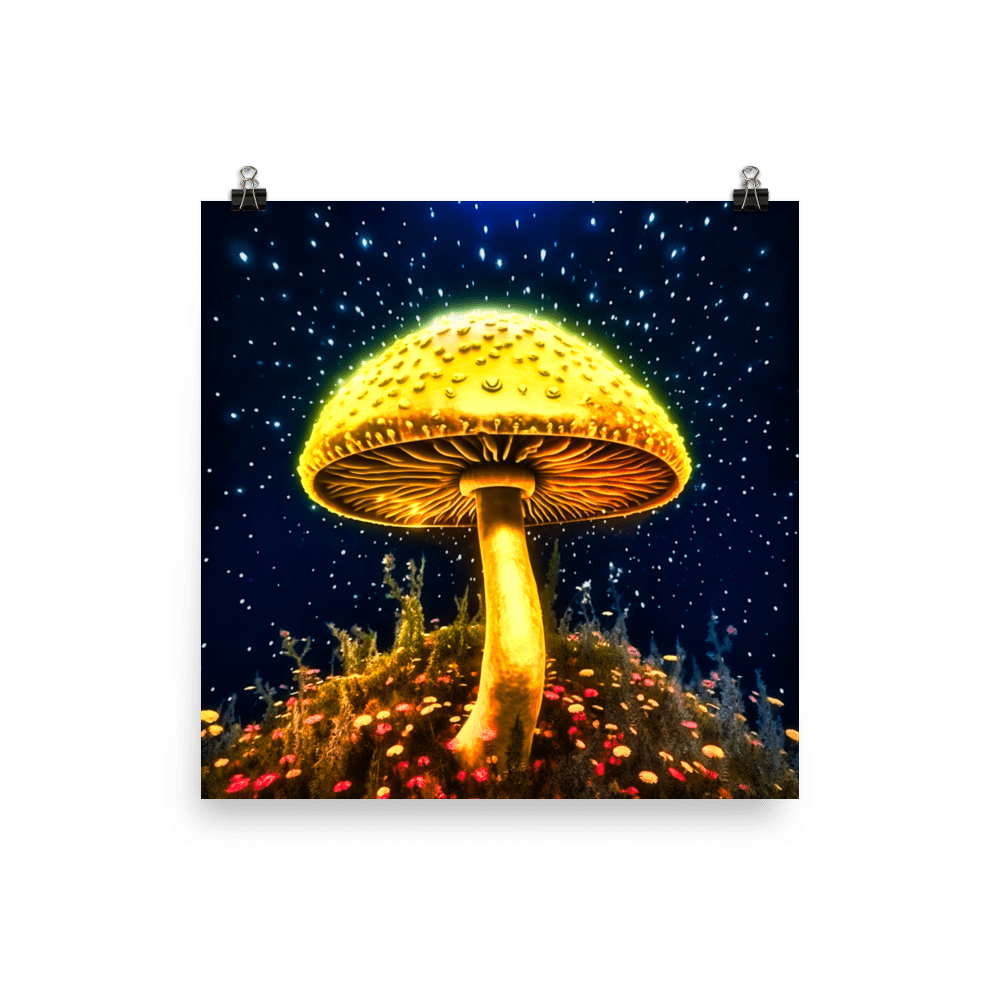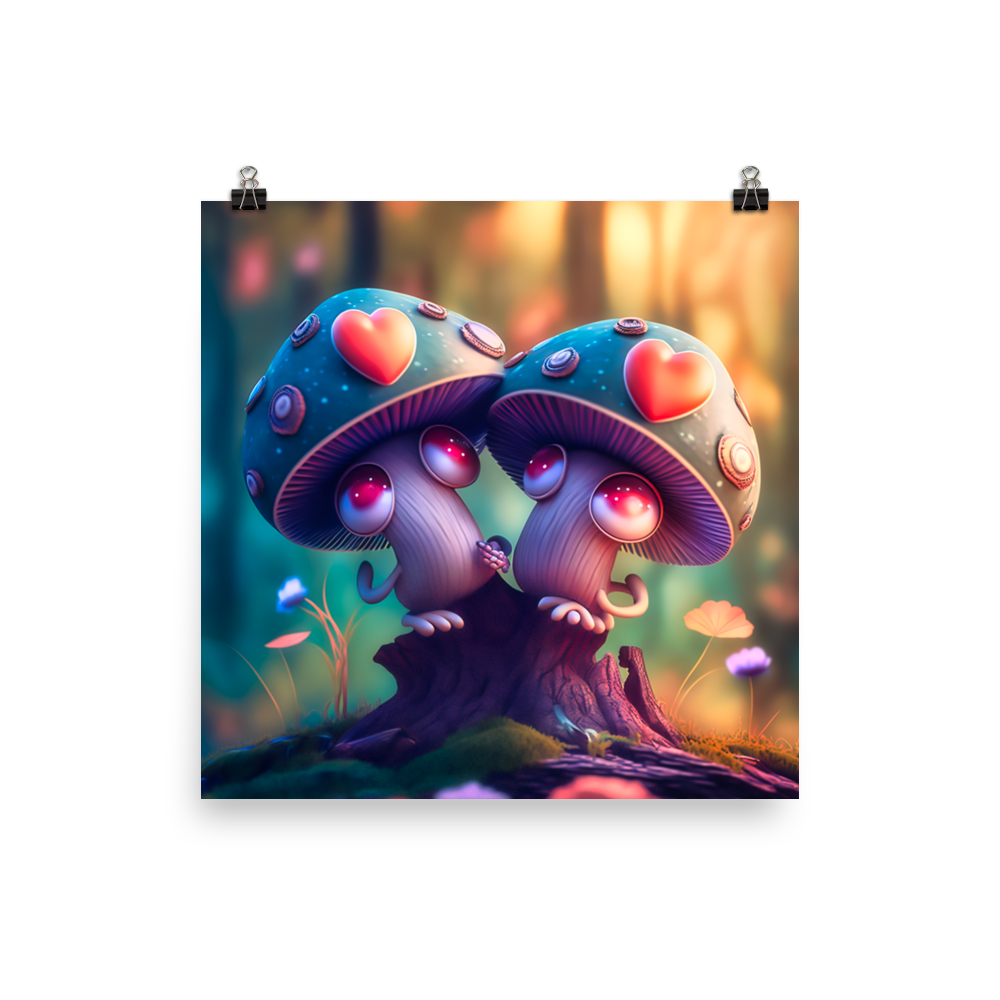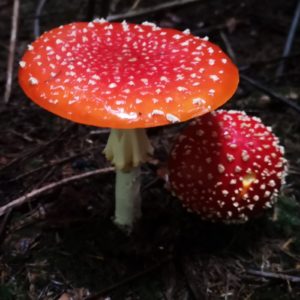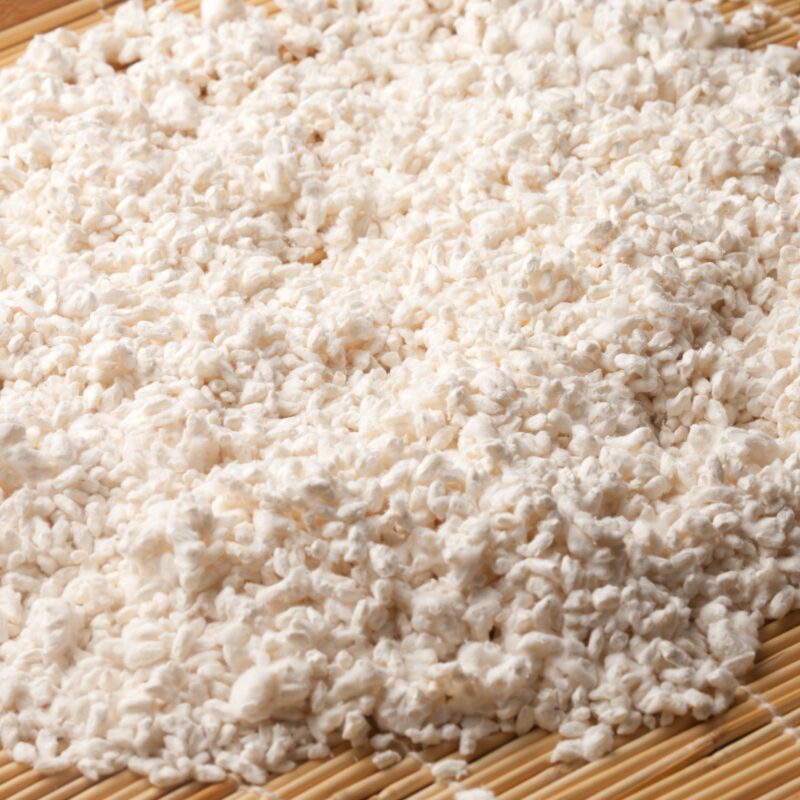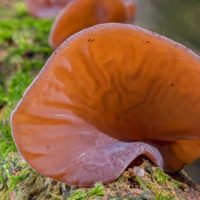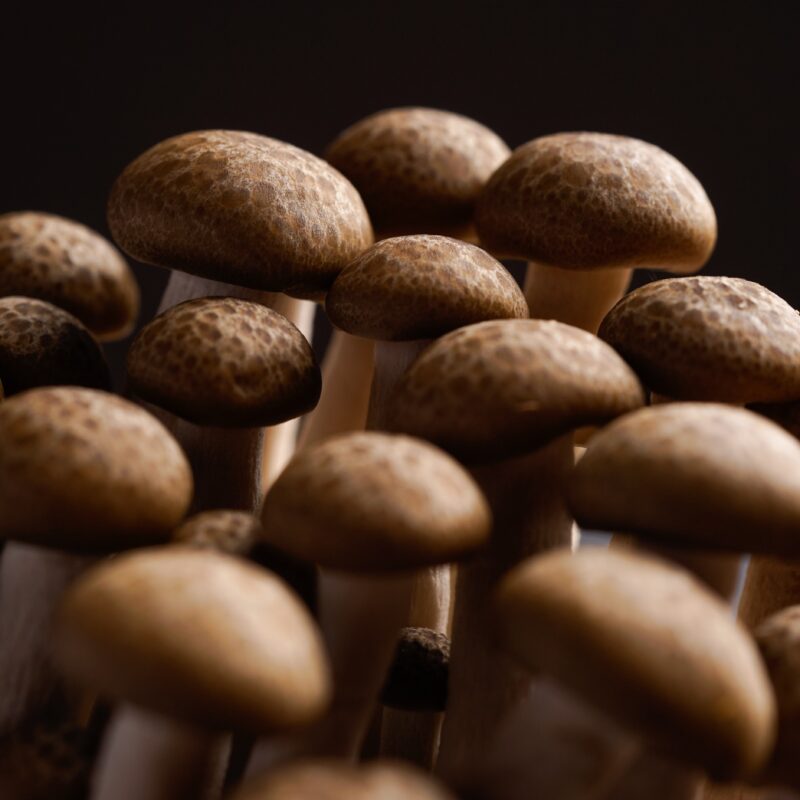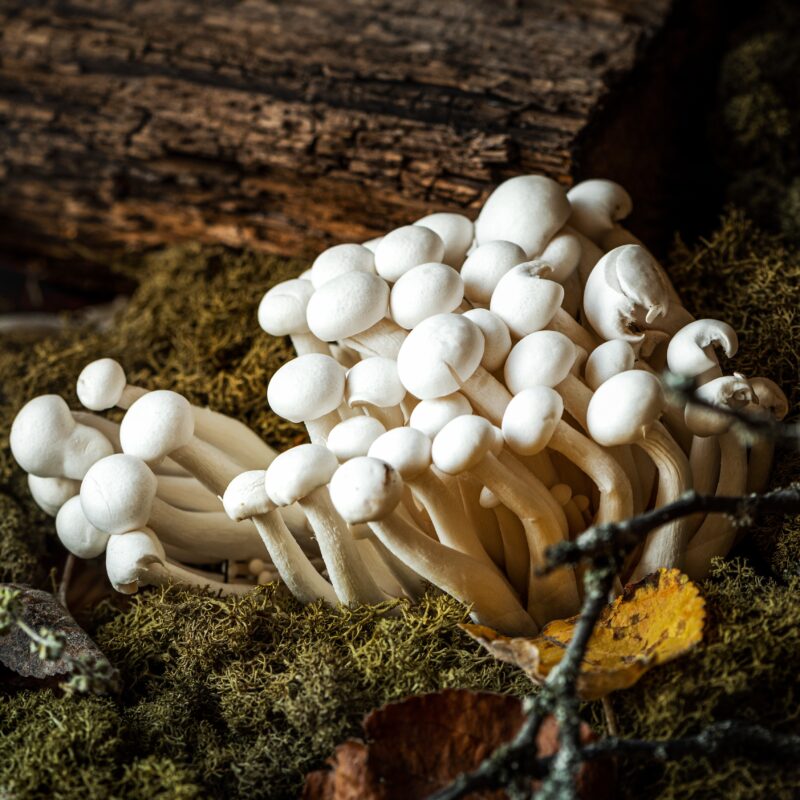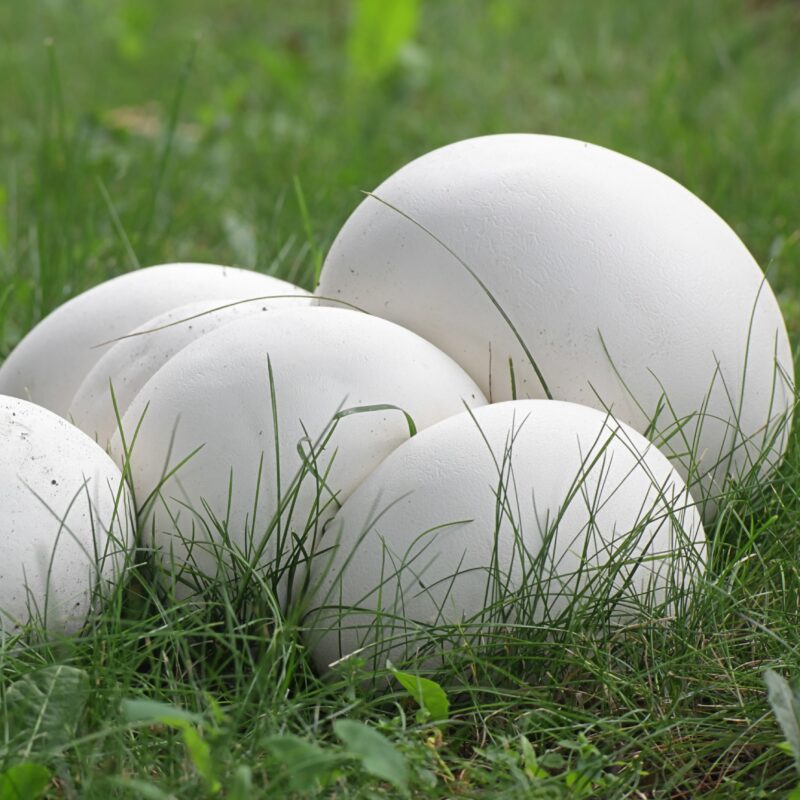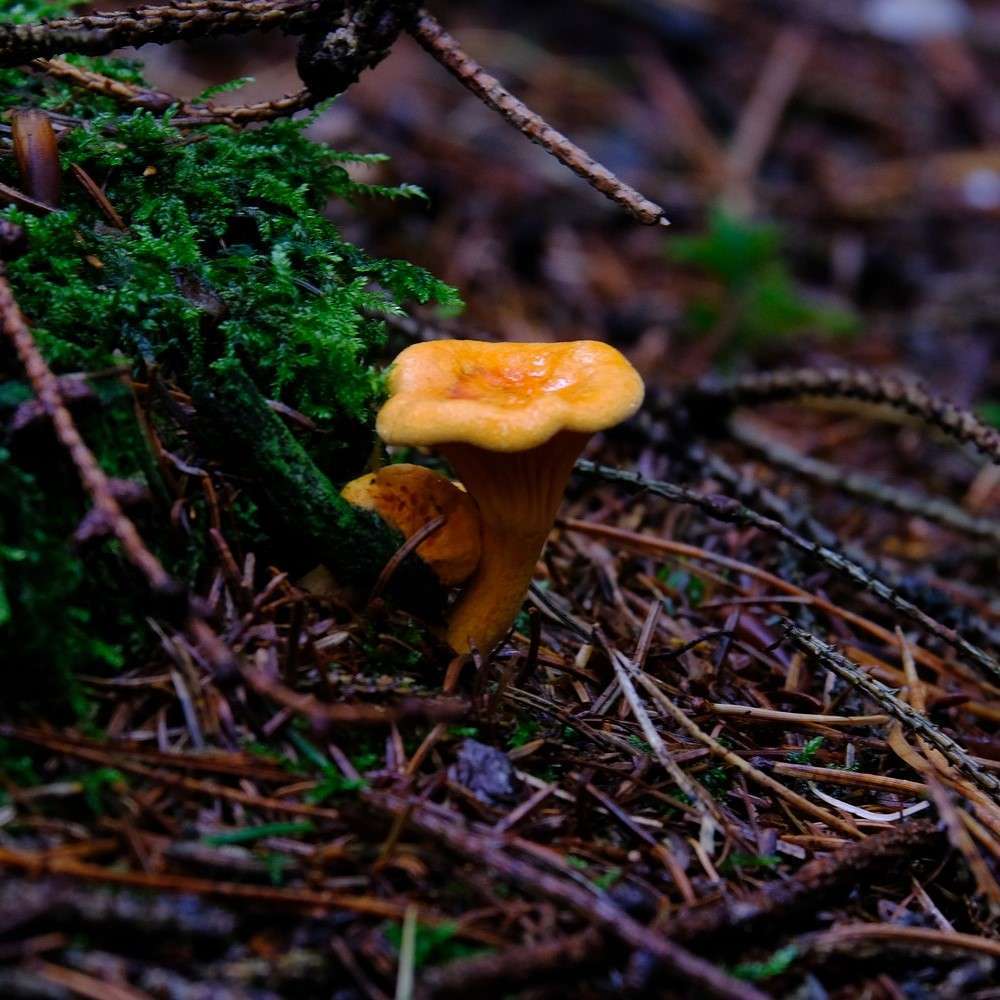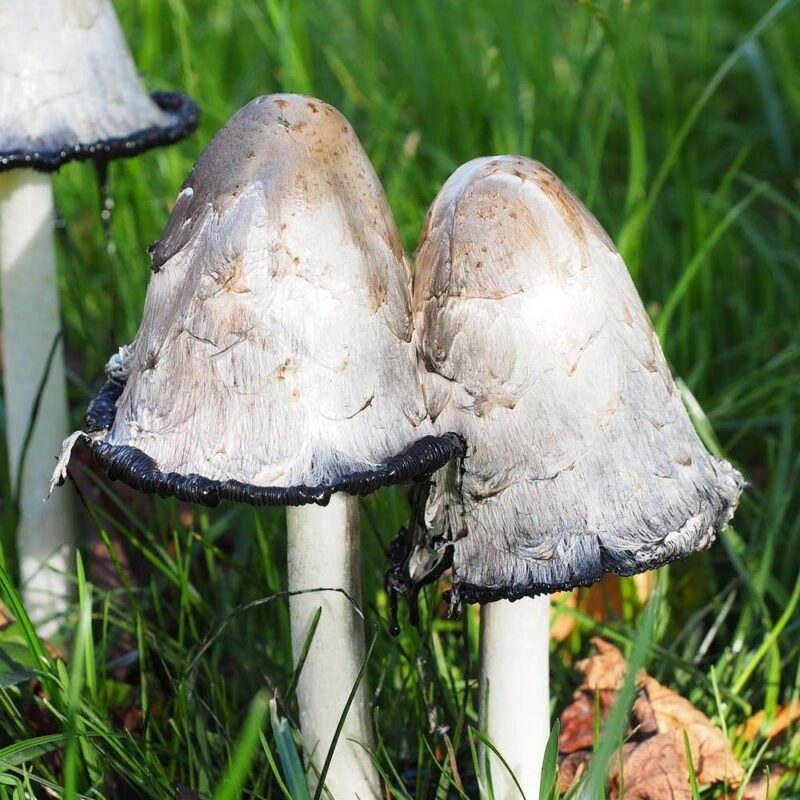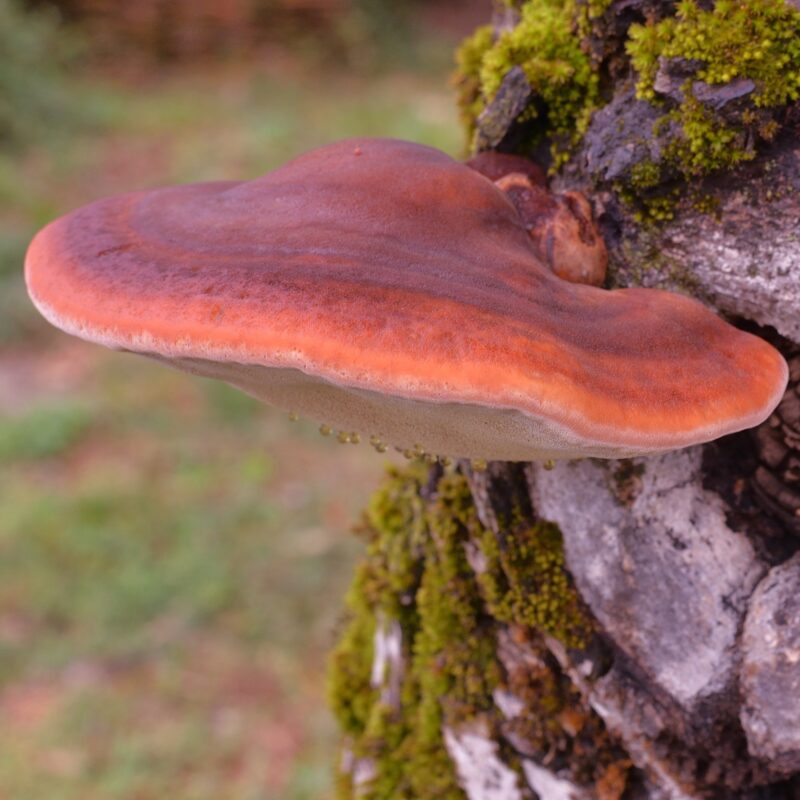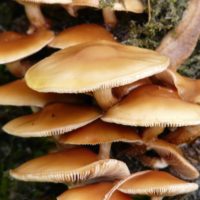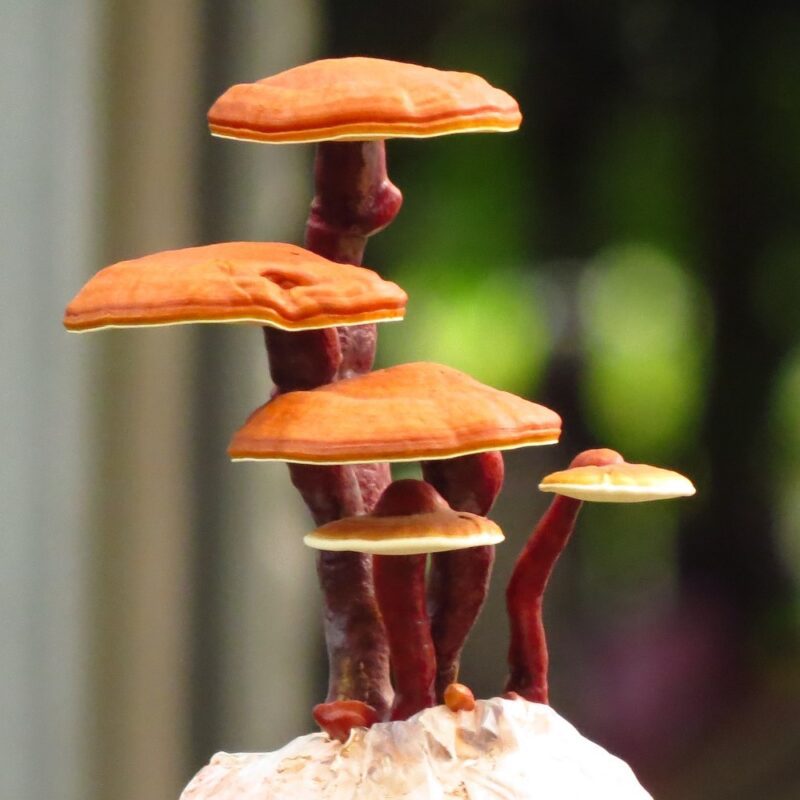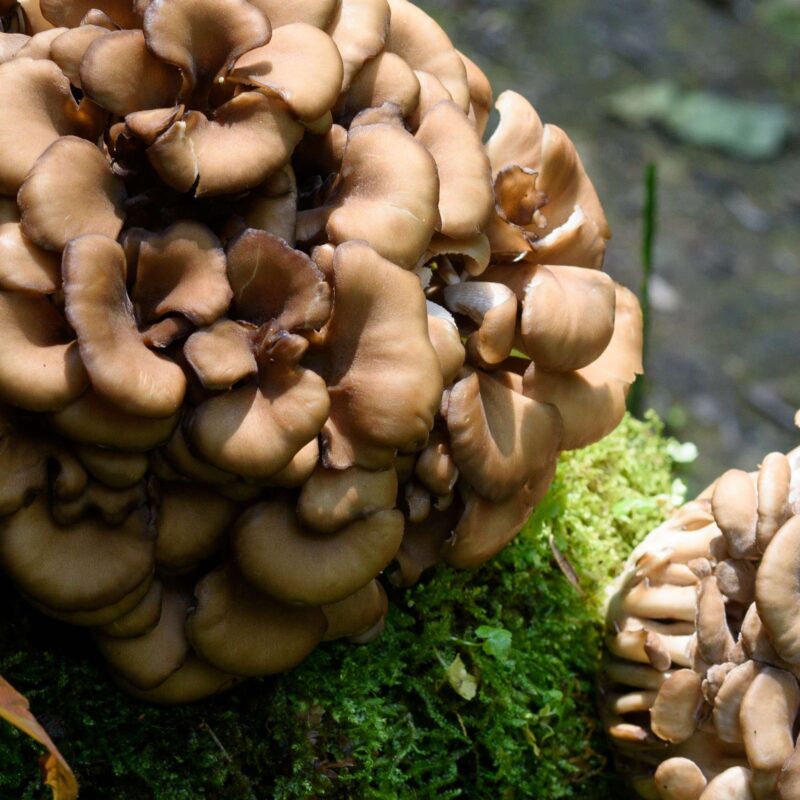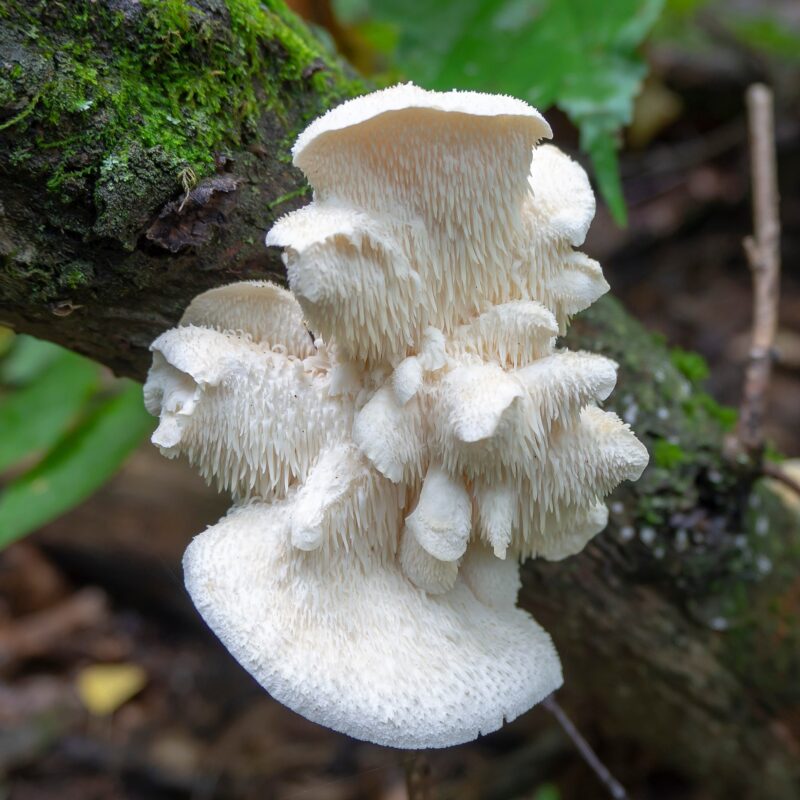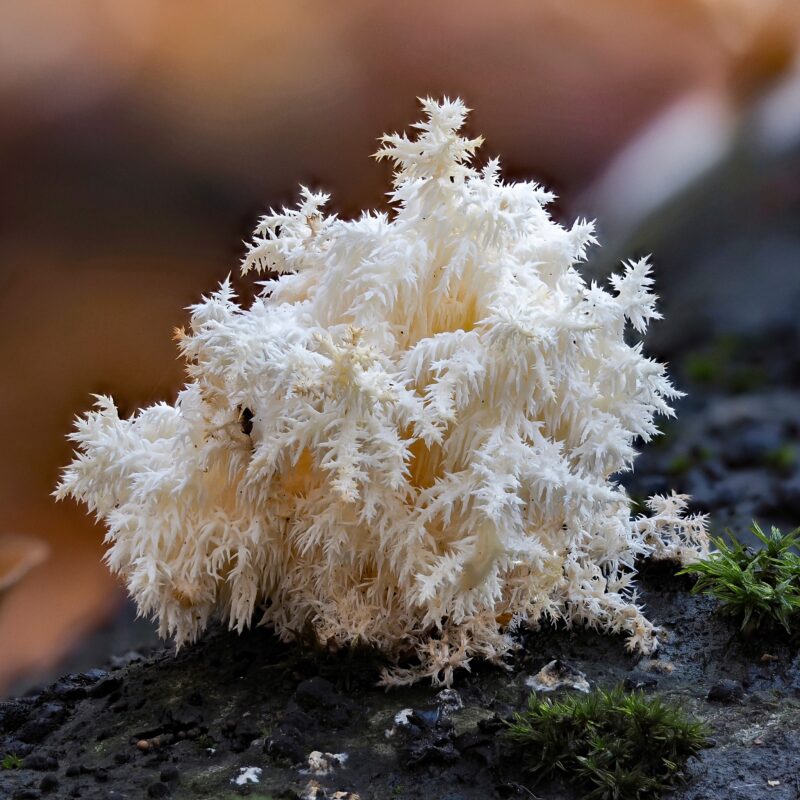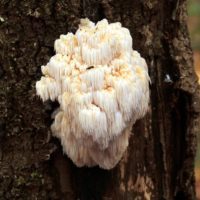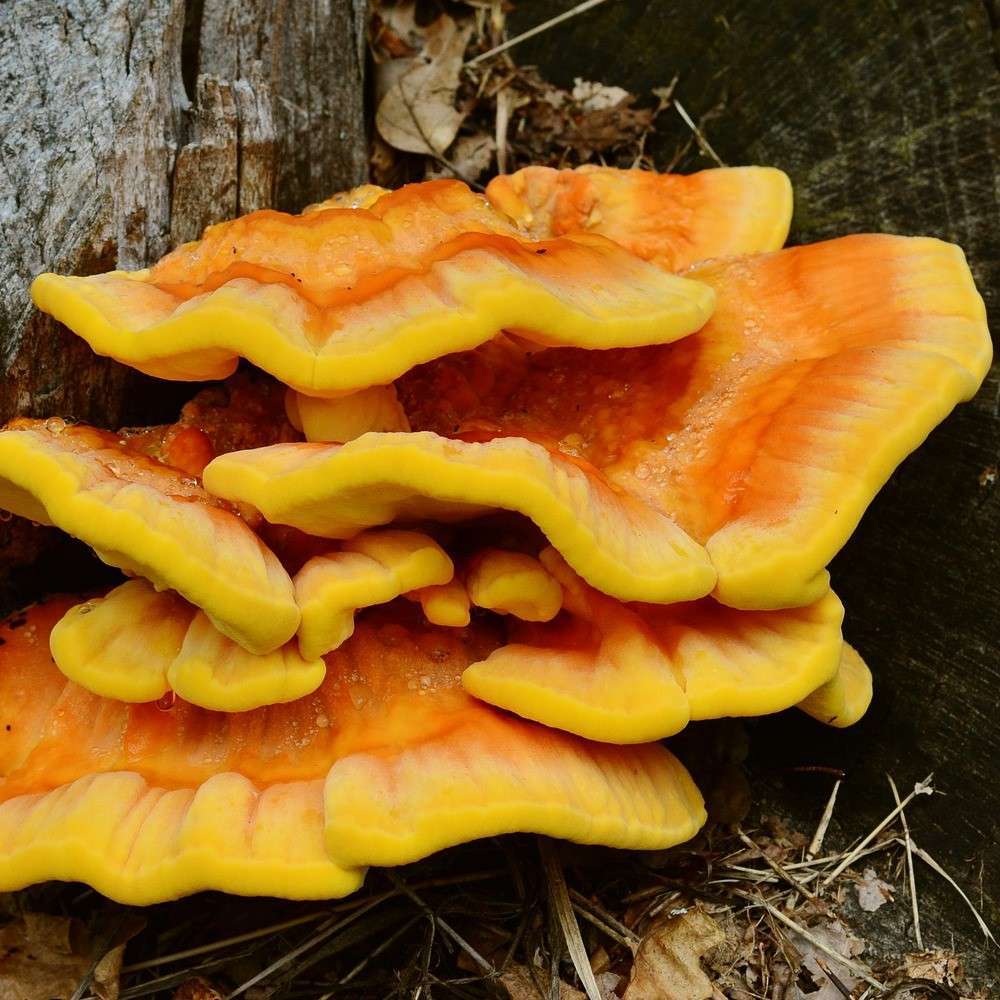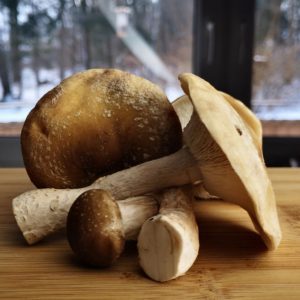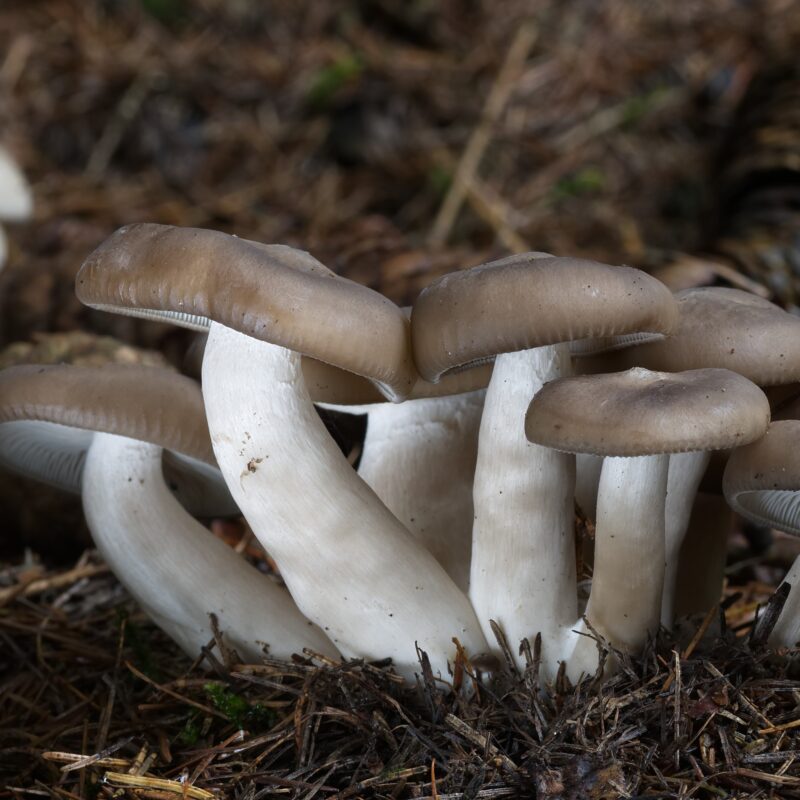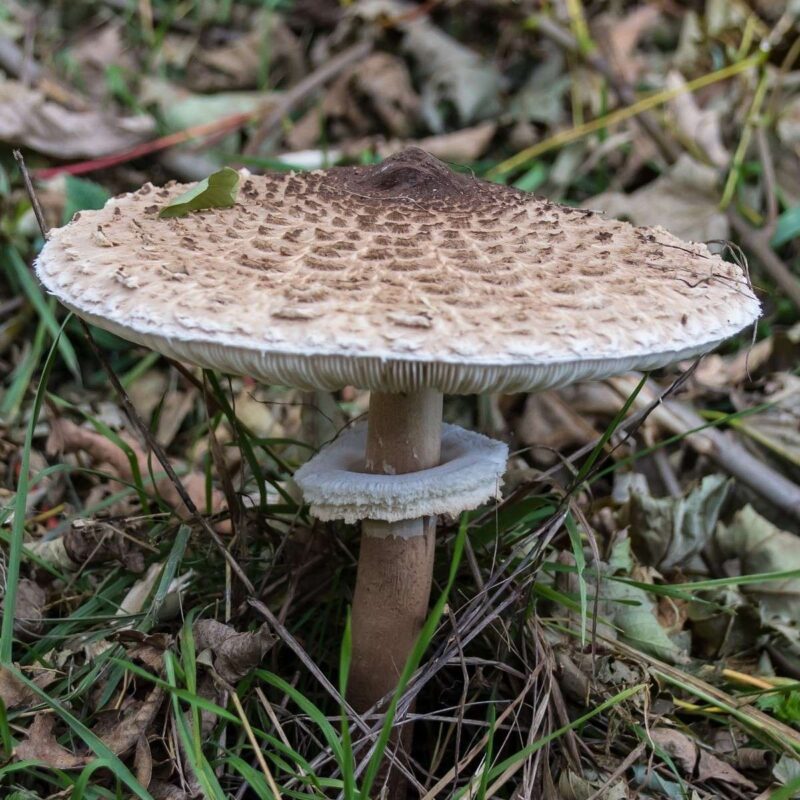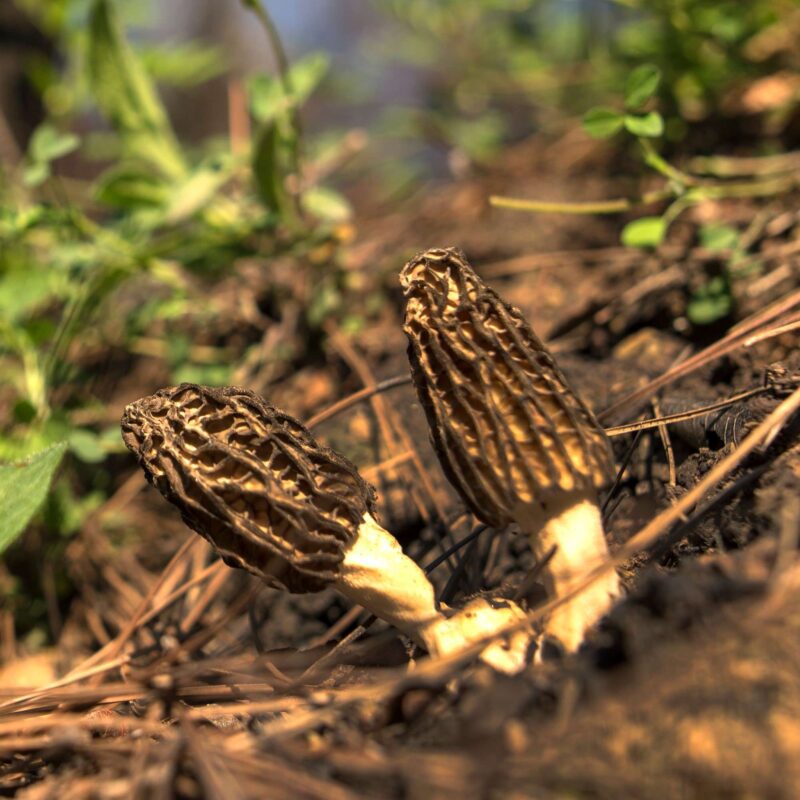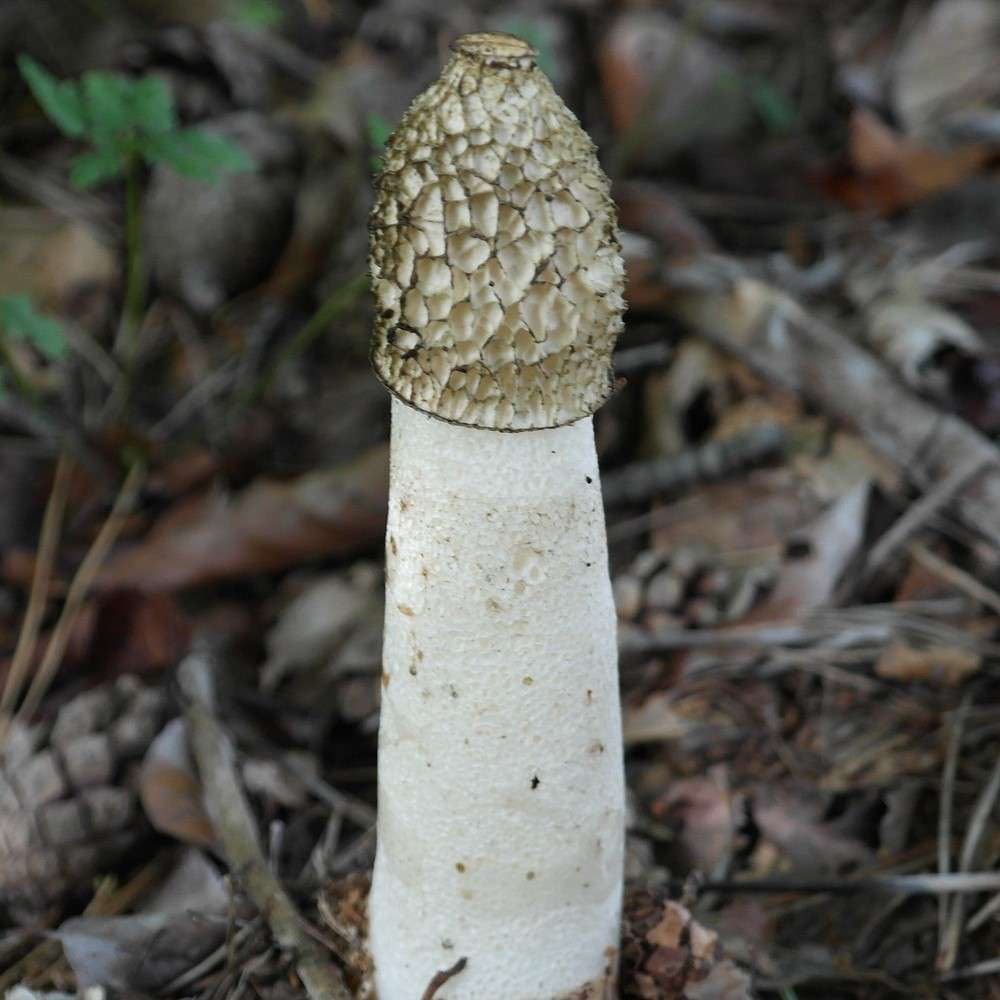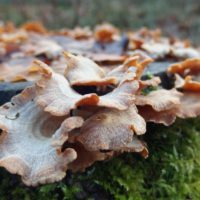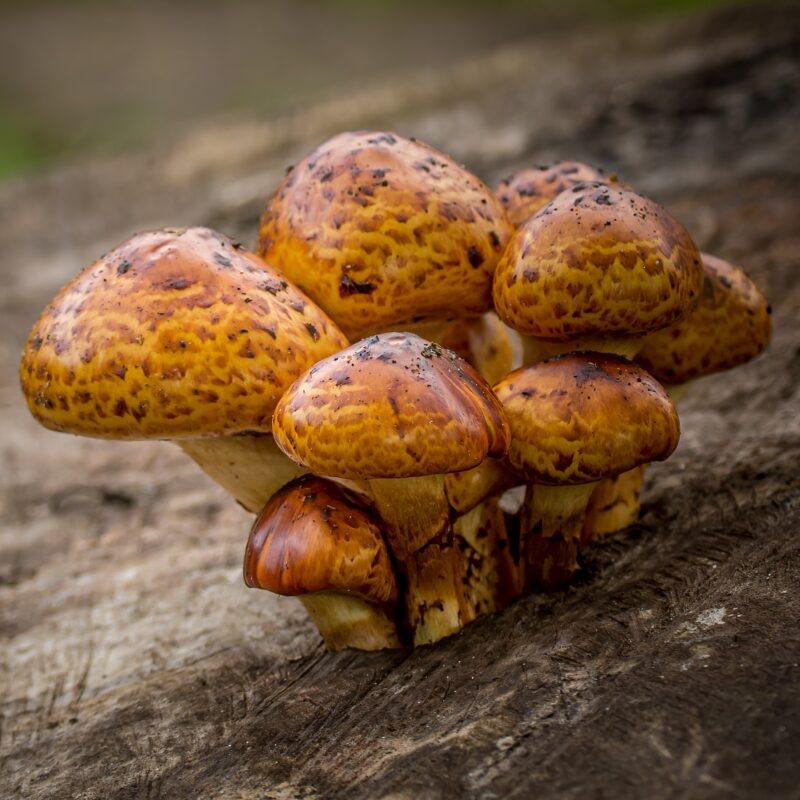Description
Properties
The Pink Oyster Mushroom (Pleurotus djamor, syn. P. salmoneostramineus) is a leaf fungus from the sallow family. It colonizes injured or dead wood and produces pink fruiting bodies that are popular as edible mushrooms, especially in East Asia.
Pleurotus djamor does not tolerate permanent temperatures below 8°C at any stage of growth. Therefore, never store cultures of this mushroom in the refrigerator!
You will hardly find a better beginner mushroom, Pink Oyster Mushrooms are very forgiving and despite their flowery appearance extremely aggressive. They conquer substrates of all kinds very quickly and fruit immediately, sometimes even before the substrate has been fully broken down.
With its aroma reminiscent of bacon or salmon ham, the rose mushroom is considered an exquisite edible mushroom and is cultivated primarily in Asia. Especially in Japan, the cultivation of this mushroom has a long tradition, using tree stumps and wooden beams as substrate. Suitable growing media include sawdust from copper beech, willow, poplar, or alder.
It has likely similar medicinal properties to Pleurotus ostreatus
Pleurotus djamor naturally synthesize a chemical called lovastatin. Lovastatin is part of the statin family of drugs, meaning that it inhibits the production of cholesterol in the body and can potentially lower LDL cholesterol. Lovastatin can also be found naturally in Red Yeast Rice and is manufactured commercially from Aspergillus terreus.
Lovastatin works by inhibiting the activity of the enzyme HMG-CoA reductase, which acts as the rate limiting step to the synthesis of cholesterol in the body. This serves to help prevent hypercholesterolemia, or high cholesterol, which is a major risk factor in cardiovascular disease. Studies in rats support the cholesterol lowering effects of ingesting Pleurotus ostreatus, which naturally contains about 2.8% Lovastatin by weight.
HMG-CoA reductase serves as the rate limiting enzyme for cholesterol productionThe conversion of HMG-CoA to mevalonate by HMG-CoA reductase is blocked by Lovastatin.
Oyster mushrooms are an excellent source of nutrients, and are a low calorie, low cholesterol, and low fat source of protein, dietary fiber, thiamin, vitamin B6, iron, magnesium, zinc, manganese, niacin, copper, potassium, and antioxidants. Check out these impressive nutrition facts.
1. Growing
Growing Procedure
For Pleurotus djamor diverse substrates are considered suitable. The easiest is cultivation on straw, a better consistency, stronger colors and a better taste you get when cultivating on hardwood substrates. Rose mushrooms are so aggressive that they will colonize even unpasteurized straw (substrate) if only the inoculation rate is high enough. Stem inoculations of hardwoods are possible, but the cultures are not hardy. Do not bury such logs permanently in the ground, but bury them in a barrel to keep the culture mobile.
Except for temperature management, almost all species of Oysters do not differ greatly in terms of suitable substrates and methods. Read more on the subject at my offered oyster mushroom.
Swarm fruiting Pleurotus djamor through defined fruiting windows works better than exposing the substrate all over. In the photos you can see the advantages of reducing fruiting surface. Single holes or a few short cuts in substrate bags produce beautiful clusters with little waste. In hot climates grown on a minimal substrate of pure straw or with too much light, the fruiting bodies bleach quickly. With too little light, they do not form the color properly at all and then sometimes become only yellowish.
Ventilation in the fruiting room prevents later mold growth.
Caution: Coveted by insects and snails, also an extremely strong sporer.
They go about this by excreting digestive enzymes through the tips of root-like extensions called hyphae. The enzymes break down their food leaving a space filled with nutrients that the hyphae can continue growing into, absorbing, and digesting again as it feeds. The hyphae branch and grow into a thicker mass called a mycelium, which maximizes the surface area through which feeding can take place.
Pleurotus Djamor has been successfully grown from a variety of substrates including sawdust, newspaper shavings, and even rolls of toilet paper. If you’re interested in growing them yourself, kits are available online. I’m not about to endorse any of them myself, but you can google it if interested.
The oyster mushroom isn’t a picky fungi in nature either. Pleurotus will grow on a variety of woods.
S
|
P
|
F
|
|
|---|---|---|---|
Temp °C |
24-30 | 18-25 | 20-30 |
Relative Humidity % |
95-100 | 95-100 | 85-95 |
Duration d |
7-10 | 2-4 | 3-5 |
CO2 ppm |
>5000 | 500-1000 | <1000 |
FAE per h |
0-1 | 5-8 | 5-8 |
Light lux |
– | 750-1500 | 1000-2000 |
Affiliate Partner
Growing
Agar Culture Media: MEA
Cropping:
Containers for fruiting:
Biological efficience: 75-150%
Substrates: Sawdust, pasteurized straw, hardwoods, tropical hardwoods
Growing Characteristics
Mushrooms should be harvested before full maturity, when color and flavor are at their best. This species has a short shelf life after harvest, lasting no more than 3-4 days.
Should not be refrigerated. This tropical species can die if kept below ~8˚c.
Natural Habitat
The natural substrate of the Pink Oyster Mushroom is mainly hardwoods such as palm trees, rubber trees and bamboo in the tropics and subtropics, where it is widespread. It decomposes the lignin content of the wood, causing white rot. It relies on relatively high temperatures of 20-30°C, as well as a relative humidity of 95-100% in the air.
Pleurotus djamor is found in the tropics and subtropics of America and Asia. Its range includes South and Latin America, Southeast Asia, Hawaii, Japan, and the Antilles.
In the tropics, subtropics, on palms, rubber trees, bamboo, and grown on deciduous wood at 20-30° Celsius and 95-100% humidity, so it loves warmer regions, post decomposers, triggers white rot, throughout the year.
2. Identification
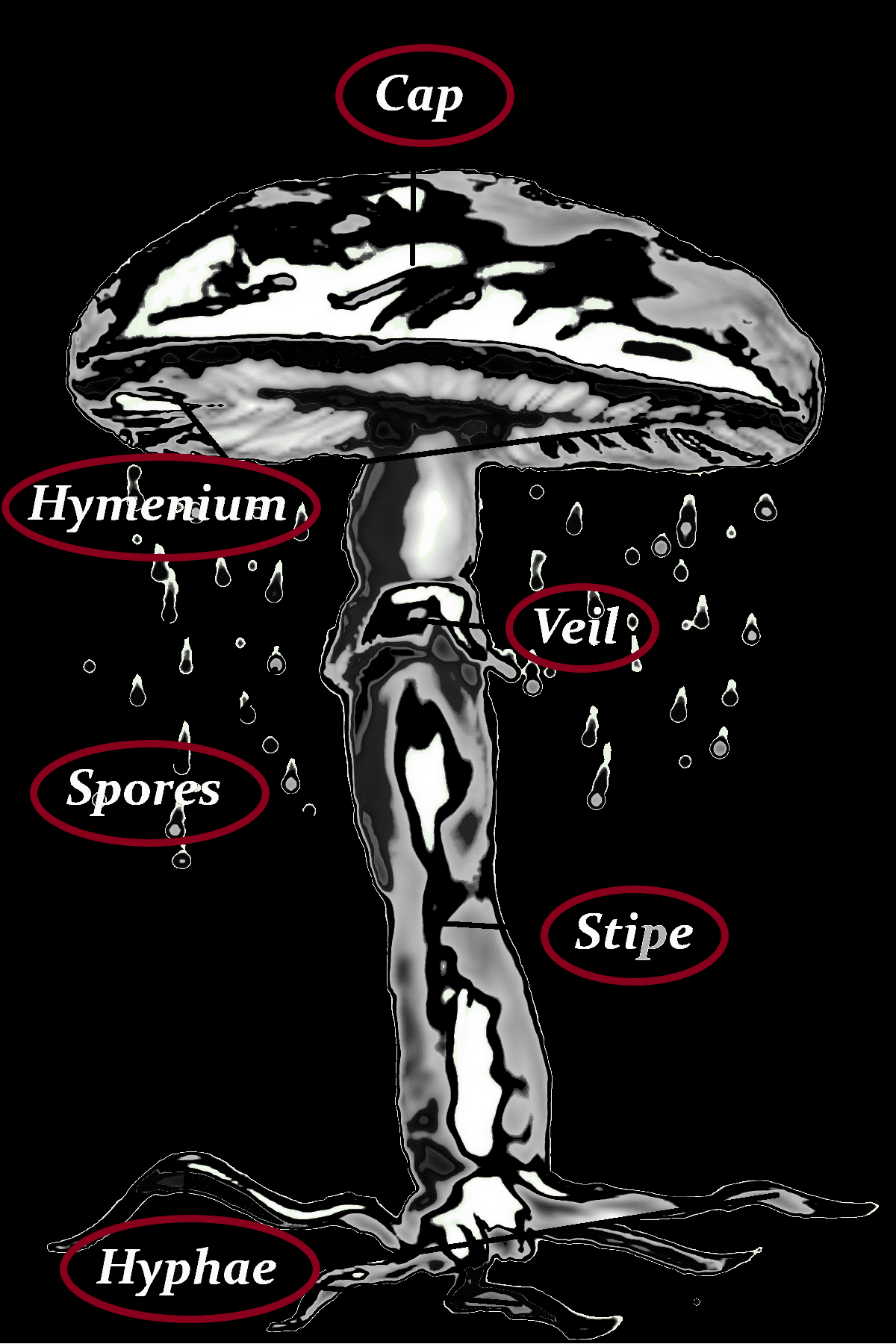
Cap
-2-8 (10) cm Ø
-yellowish to pinkish, light grey, pinkish-red/brown
-velvety
-tomentose
Hymenium
-gills yellowish to pinkish, light grey
-decurrent
-wide
-with intermediate lamellae
Stipe
-whitish, grey, grey-brown to pinkish, whitish base
Hyphae
reddish
Spores
-beige, light brown
-(6-9 x 1.5-3 µm)
Veil
–
Danger of confusion
Gomphus clavatus, Rhodotus palmatus, Rugosomyces persicolor, Phyllotopsis nidulans, Rhodotus palmatus, Panellus violaceofulvus, Pleurotus pulmonarius, Pleurotus cornucopiae, Pleurocybella porrigens
3. Consuming
Gourmet
Some say Pleurotus djamor tastes like bacon.
Flesh
white
Taste
mild
Smell
pungent odour, like nitrate or prussic acid, like almonds
Nutritional content per 100g
| Proximates: | |
| Water | 89.2g |
| Energy (Atwater General Factors) | 41kcal |
| Energy (Atwater Specific Factors) | 33kcal |
| Nitrogen | 0.46g |
| Protein | 2.9g |
| Total lipid (fat) | 0.19g |
| Ash | 0.73g |
| Carbohydrates: | |
| Carbohydrate, by difference | 6.94g |
| Minerals: | |
| Calcium, Ca | <2.5mg |
| Iron, Fe | 0.7mg |
| Magnesium, Mg | 13.9mg |
| Phosphorus, P | 86mg |
| Potassium, K | 282mg |
| Sodium, Na | 1mg |
| Zinc, Zn | 0.68mg |
| Copper, Cu | 106mg |
| Manganese, Mn | 86mg |
| Selenium, Se | 1.4µg |
| Vitamins and Other Components: | |
| Thiamin | 0.07mg |
| Riboflavin | 244mg |
| Niacin | 5.75mg |
| Vitamin B-6 | 99mg |
| Biotin | 7µg |
| Folate, total | 63µg |
| Vitamin D (D2 + D3), International Units | 1.6IU |
| Vitamin D (D2 + D3) | 0.04µg |
| Vitamin D2 (ergocalciferol) | 0.04µg |
| Vitamin D4 | 0µg |
| Phytosterols: | |
| Stigmasterol | <0.2mg |
| Campesterol | <0.2mg |
| Beta-sitosterol | <0.2mg |
| Ergosta-7-enol | 1.31mg |
| Ergosta-7,22-dienol | 0.88mg |
| Ergosta-5,7-dienol | 8.43mg |
| Ergosterol | 58mg |
| Beta-sitostanol | <0.2mg |
| Delta-5-avenasterol | <0.2mg |
| Delta-7-Stigmastenol | <0.2mg |
| Amino acids: | |
| Ergothioneine | 14mg |
© U.S. Department Of Agriculture
4. Data med, edible
other names
| Chinesisch (traditionell) | 桃紅側耳 |
| Englisch | Pink Oyster Mushroom |
| Estnisch | roosa servik |
| Japanisch | トキイロヒラタケ |
| Russisch | Вёшенка розовая |
| Spanisch | Girgola Rosa |
| Spanisch | Seta rosa |
| Türkisch | Jamor kayın mantarı |
| Wissenschaftl. Name | Pleurotus djamor |
| Wissenschaftl. Name | Pleurotus scabriusculus |
other names
Rosenroter Seitling, Rosenseitling, Rosaseitling, Rosafarbener Seitling , Pleurotus Djamor (Syn. Pleurotus Salmoneostramineus, Pleurotus Salmoneo-Stramineus, Pleurotus Djamor Var. Roseus, Lentinus Djamor Var. Roseus), Salmon Oysters, Flamingo Oysters, Takiiro Hiratake (Japan)
| Kingdom | Fungi |
|---|
| Division | Basidiomycota |
| Class | Agaricomycetes |
| Order | Agaricales |
| Family | Pleurotaceae |
| Genus | Pleurotus |
| Species | P. djamor |
| Ecology | Saprotrophic |



